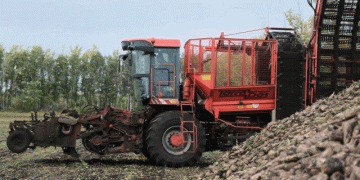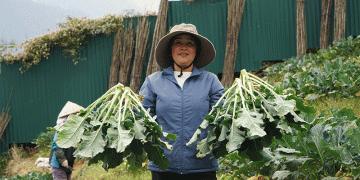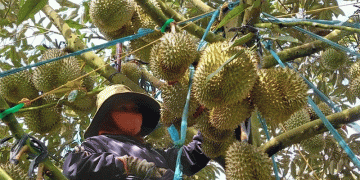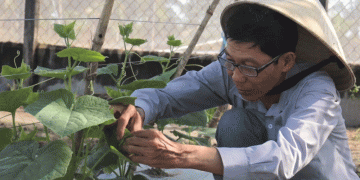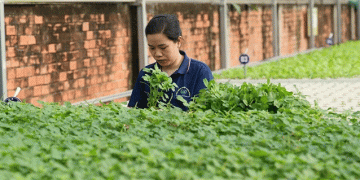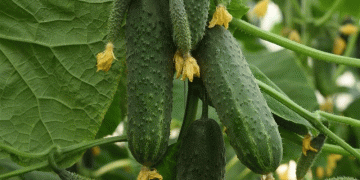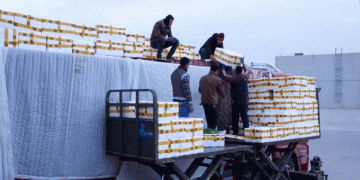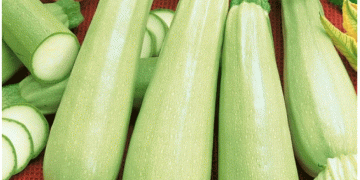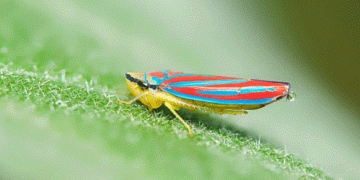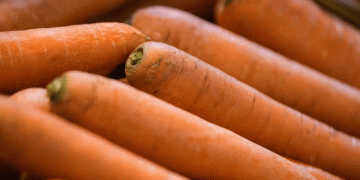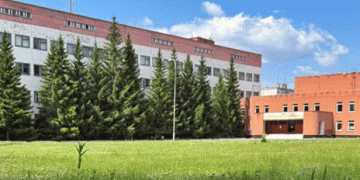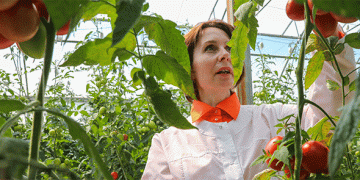The Republic of Bashkortostan has announced a landmark achievement for its 2025 sugar beet harvest: a staggering average yield of over 478 centners per hectare (47.8 metric tons/ha). This record output, already yielding 40,000 tons from initial harvesting in seven districts, is not merely a statistical victory; it represents a significant economic event that has triggered an early start to the processing campaign at the region’s major sugar plants and will test the limits of local agricultural logistics.
Agronomic Excellence: The Foundation of a Record Yield
A yield of 47.8 t/ha places Bashkiria firmly among high-performing beet-growing regions globally. For context, the ten-year average yield in Russia has been steadily climbing but often ranges between 35-45 t/ha, according to data from the Russian Ministry of Agriculture and the International Sugar Organization (ISO). Achieving such a figure suggests near-optimal conditions and superior crop management.
This success is attributed to the effective adoption of modern agrotechnology, which likely includes:
- High-Precision Planting and Thinning: Ensuring ideal plant population density.
- Advanced Irrigation and Nutrient Management: Precise application of water and fertilizers, potentially using drip irrigation and soil moisture sensors.
- Improved Disease and Pest Control: Protecting the photosynthetic capacity of the leaf canopy throughout the growing season.
- Genetics: The use of high-yielding, disease-resistant hybrid varieties adapted to the local climate.
The reported resilience of the crop, allowing harvest to continue “even from under the snow,” is a testament to the robust nature of the root itself and modern harvesting equipment capable of working in challenging conditions, thus extending the critical harvesting window.
Logistical and Industrial Implications: Processing a Bounty
A harvest of this magnitude has immediate consequences for the downstream processing sector. The planned processing volume of 1.8-1.9 million tons of sugar beet will require maximum operational efficiency from the region’s plants, notably the Chishminsky Sugar Plant and “Rayevsugar.”
The fact that these factories began processing at least a week earlier than usual is a direct response to the massive incoming supply. Sugar beets are a perishable commodity; sucrose content degrades the longer they are stored post-harvest. A rapid processing timeline is essential to maximize the sugar recovery rate and final output. This early start helps manage the flow from field to factory, reducing potential bottlenecks and quality losses at the storage piles (“clamps”).
Economic Impact and Future Outlook
Beyond the field and factory, this record harvest creates a positive economic multiplier effect. It ensures full-capacity operation for the processing plants, securing employment and stimulating local economies. Furthermore, it enhances the region’s self-sufficiency in sugar production and potentially generates surplus for inter-regional trade or export, strengthening Bashkiria’s position in the national agribusiness landscape.
Bashkiria’s record sugar beet yield is a clear indicator of the region’s advanced agricultural capabilities and effective management of its agribusiness sector. It demonstrates how the synergistic application of modern genetics, precision agronomy, and efficient logistics can push productivity to new heights. The key challenge now lies in successfully managing the entire value chain—from the swift and careful harvesting of the remaining crop to the 24/7 operation of the processing plants—to fully capitalize on this agricultural triumph. This success story provides a valuable case study for other regions aiming to boost productivity and profitability in root crop production.
